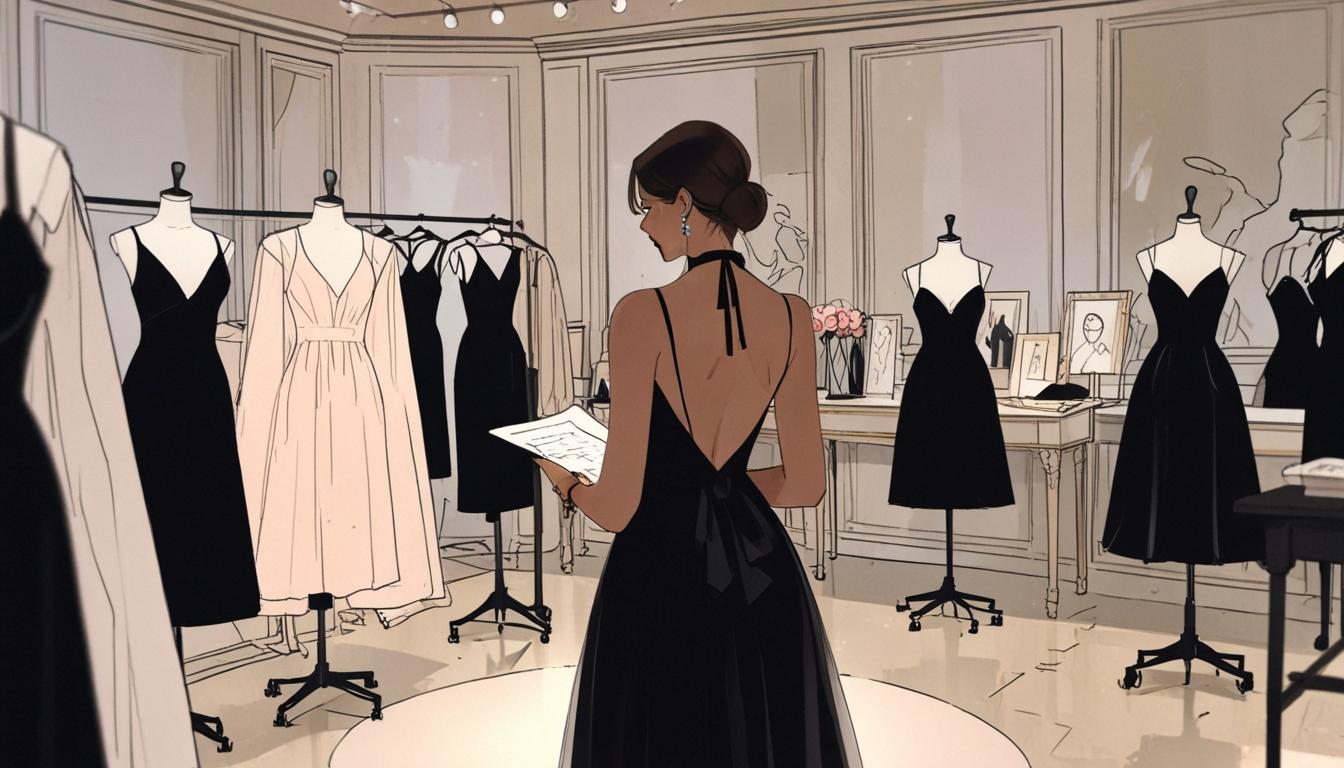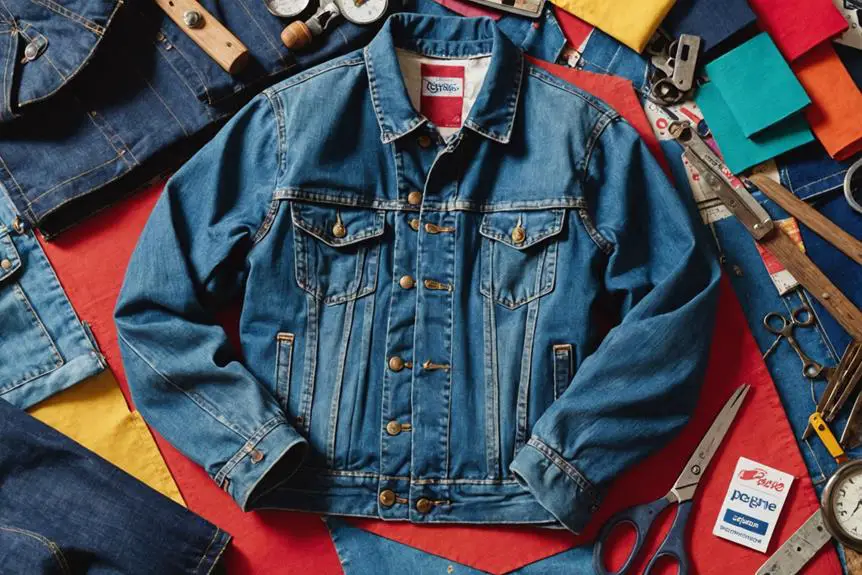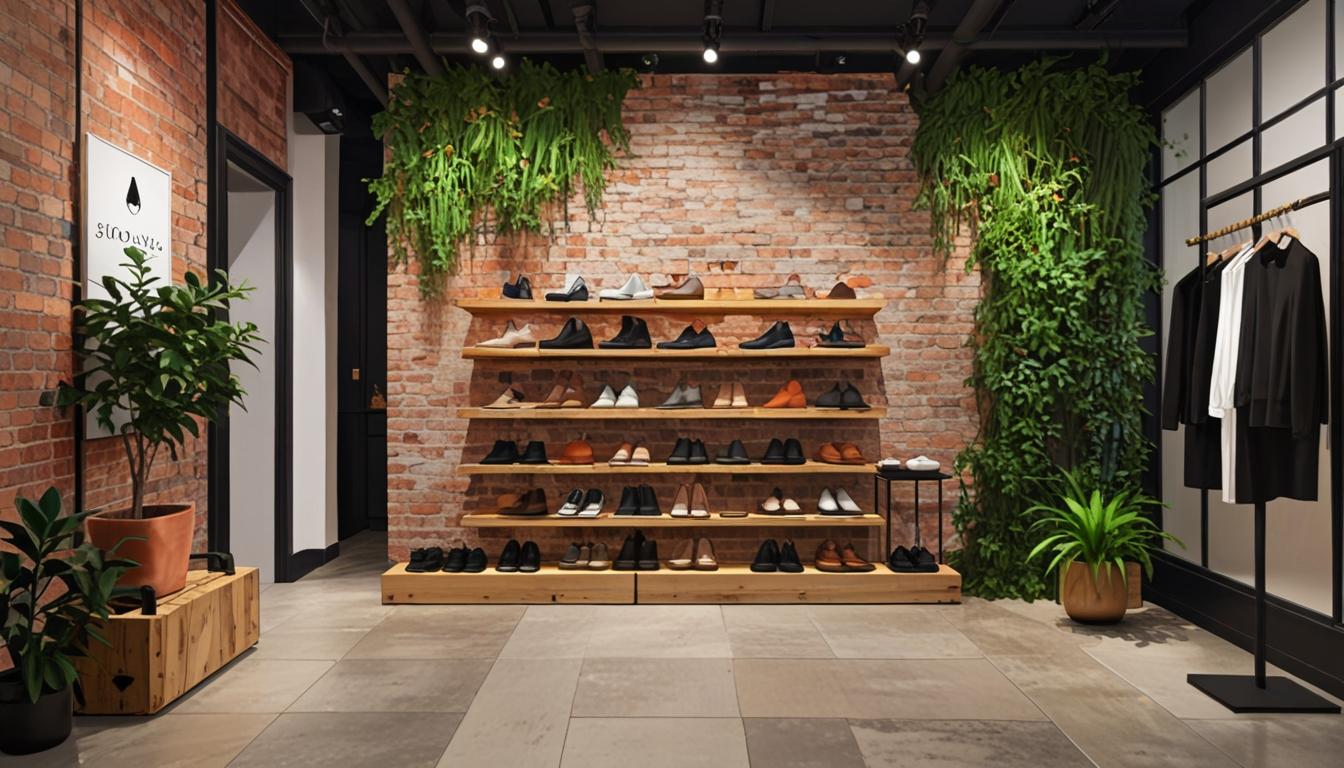Exploring the remarkable career of Hubert de Givenchy, from iconic designs to lasting influence in the fashion world.
Hubert de Givenchy was born on February 20, 1927, in Boves, France, emerging from an aristocratic family with a history spanning almost a century. He began his career working under Robert Piguet and gained experience with Lucien Lelong, later joining the team of famed designer Elsa Schiaparelli, where he spent four years creating jewelry, accessories, and, most notably, clothing.
In 1951, Givenchy launched his own fashion house in Paris and unveiled his first collection the following year. While the launch was successful, a pivotal moment in his career came from his meeting with Cristobal Balenciaga, his idol who would become both a mentor and friend. This connection, along with other important relationships in his life, helped shape his growing reputation within the fashion industry. In remembrance of the master of haute couture, the article outlines five key moments that made Givenchy’s impact on the world of fashion unforgettable.
One of the most iconic creations was the little black dress worn by Audrey Hepburn in the 1961 film “Breakfast at Tiffany’s.” Givenchy and Hepburn’s paths crossed in 1953 when the actress unexpectedly arrived at his studio. The immediate chemistry between them inspired Givenchy to design a series of sophisticated outfits curated to fit the vision of his fashion house. Although Hepburn often collaborated with costume designer Edith Head, she chose to wear Givenchy for her role in “Sabrina.” This partnership led to the creation of several memorable costumes, including a white organza dress and the famous black cocktail dress adorned with bows.
Audrey Hepburn was not the only celebrity to adorn Givenchy’s creations. Notable figures like Jacqueline Kennedy, Grace Kelly, and the Duchess of Windsor also wore his designs, elevating their elegance. An unforgettable piece was an ivory satin dress embroidered with flowers that Kennedy donned during a 1961 meeting with Charles de Gaulle. Meanwhile, during a visit to the White House, Princess Grace of Monaco showcased a green wool ensemble from Givenchy’s Spring/Summer 1961 collection that encapsulated the essence of his design philosophy.
Givenchy is also recognized for his innovative pieces, such as the Bettina blouse and the shirt dress. The Bettina blouse, introduced during his first show “Les Séparables” in February 1952, was named after the fashion house’s PR manager Bettina Graziani. This versatile piece catered to the modern woman seeking greater freedom in her wardrobe. Three years later, Givenchy unveiled a shirt dress inspired by the chemise à la reine Marie-Antoinette, successfully merging femininity with practicality. In contrast to Christian Dior’s celebration of the corset, Givenchy’s approach honored the female body and its freedom.
As the 1960s ushered in a consumer society eager for accessible fashion, haute couture faced the challenge of creating ready-to-wear lines. Hubert de Givenchy was among the pioneers who launched a luxury prêt-à-porter collection named Givenchy Université, produced in Paris with sewing machines imported from the U.S. This initiative made high fashion more accessible, ensuring its presence in households across France.
The discussion around Givenchy would be incomplete without mentioning his contribution to the perfume industry. In 1957, he launched the fragrance L’Interdit as a tribute to Hepburn, marking a significant moment as it was one of the first instances where a fashion house enlisted a celebrity as the face of a perfume.
Givenchy became an emblematic figure in French fashion and, in 1988, he joined the LVMH Group. His accolades include multiple Dé d’or awards and the title of Chevalier de la Légion d’honneur, awarded in 1983. Givenchy retired in 1995, leaving a legacy that endures through renowned successors like John Galliano, Alexander McQueen, and Riccardo Tisci. Even following his passing seven years ago and after a vibrant 60-year career, Hubert de Givenchy remains an indispensable name in French fashion history, with an influence that continues to resonate through generations.
Source: Noah Wire Services




